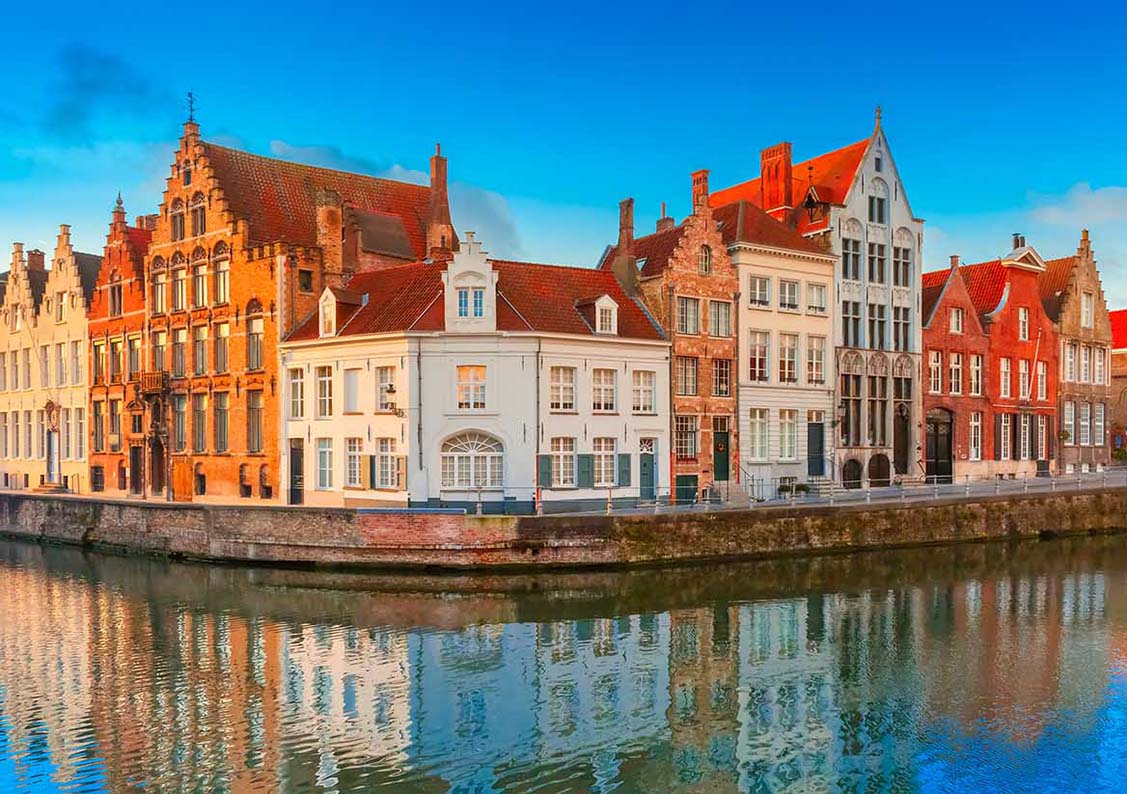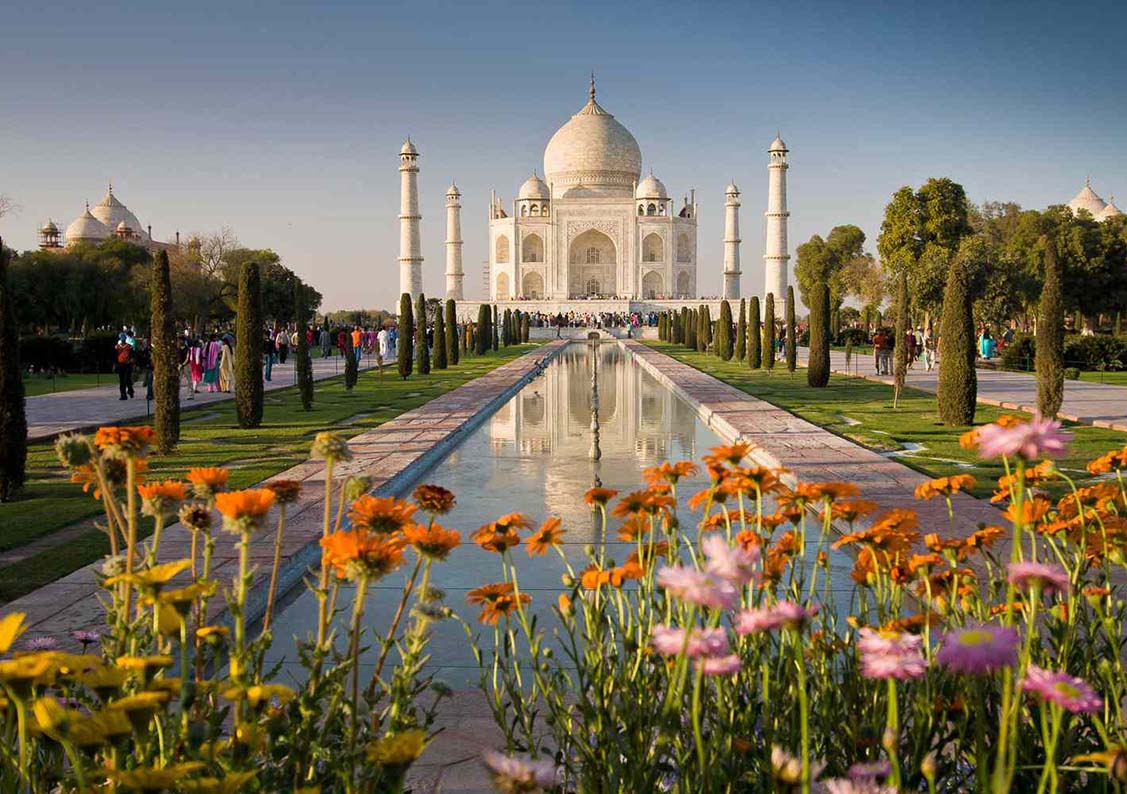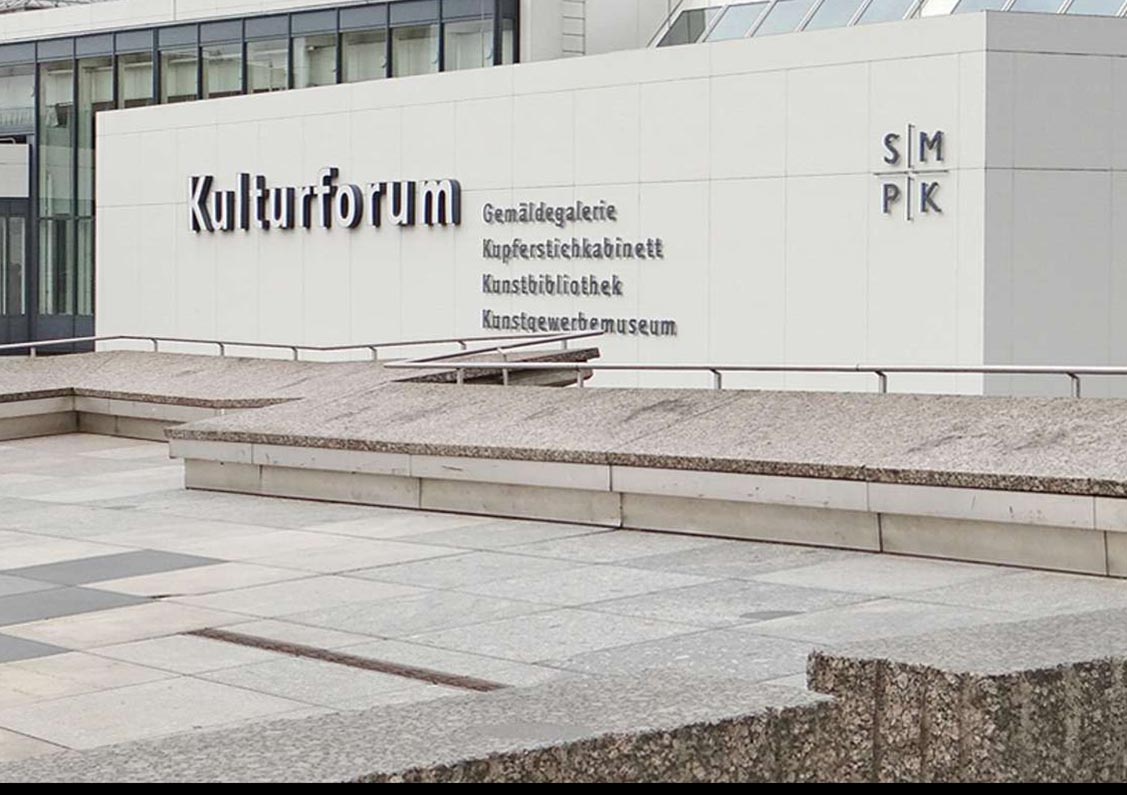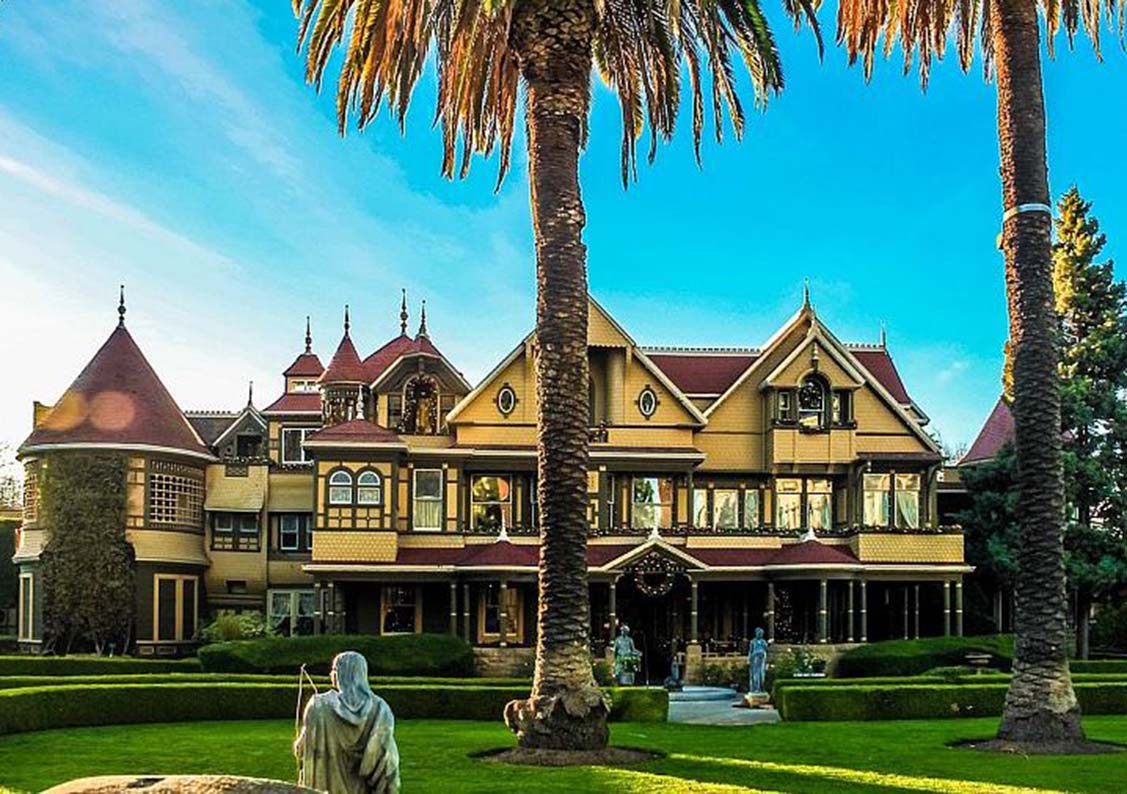Bruges is a picturesque Belgian city that feels like stepping into a fairytale. From its medieval streets lined with cobblestone to its quaint canals and stunning Gothic architecture, Bruges offers a perfect blend of history, culture, and cuisine. It’s a destination that captivates all the senses, and with so much to see, do, and taste, you’ll never be short of things to experience. Here’s an ultimate travel guide to help you navigate this enchanting city.
Getting to Bruges
Bruges is easily accessible from major European cities. If you’re flying in, the closest airport is Brussels Airport (BRU), about 1.5 hours away by train. From Brussels, you can catch a direct train to Bruges, which departs regularly from Brussels Central Station. The train journey takes roughly one hour, with tickets ranging from €15-25 depending on the time and class.
Once in Bruges, the train station is about a 15-minute walk from the city center, or you can take a short bus ride or taxi.
Where to Stay in Bruges
The city is packed with a variety of accommodations, ranging from charming B&Bs to luxurious boutique hotels. Staying close to the Markt, the central square, ensures that you’re within walking distance of the main attractions. Here are some options:
- Hotel de Orangerie: A beautiful 15th-century building along the canals, this hotel offers luxury and charm. It’s centrally located, making it ideal for exploring the heart of Bruges.
- Hotel Ter Brughe: For a more budget-friendly yet comfortable option, this hotel is situated in a quieter area but still within walking distance to the city center.
- Snuffel Hostel: If you’re a solo traveler or on a budget, Snuffel Hostel is a great choice. It’s affordable, modern, and perfect for meeting other travelers.
What to See in Bruges
Bruges is a small city, and many of its best attractions are within walking distance of each other. Whether you’re a history buff, an art lover, or simply want to wander the streets, Bruges has something for everyone.
1. The Belfry of Bruges (Belfort)
The Belfry Tower, or Belfort, is Bruges’ most iconic landmark. Standing at 83 meters, it dominates the city’s skyline, and climbing to the top offers spectacular panoramic views of Bruges and beyond. The tower houses a carillon with 47 bells, and if you time your visit right, you’ll hear them ringing across the city.
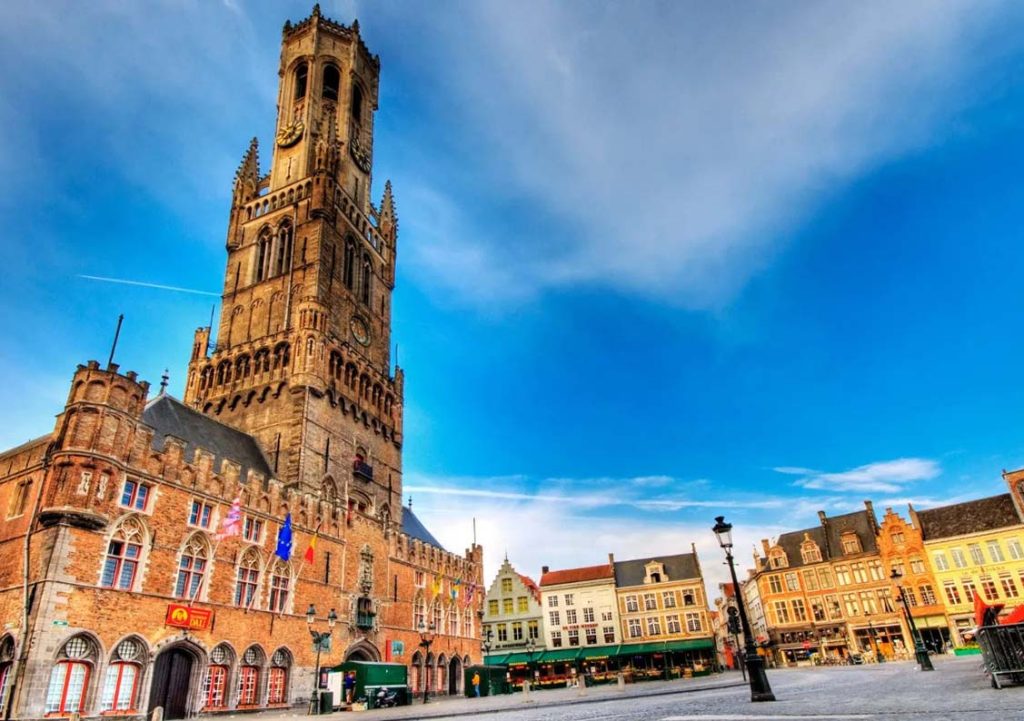
There are 366 steps to the top, and the climb can be a bit narrow and steep, but the view is worth it. The entrance fee is €12, and it’s best to arrive early to avoid the crowds.
2. The Markt
At the foot of the Belfry is the Markt, Bruges’ central square and the beating heart of the city. The square is lined with beautiful, colorful buildings, cafes, and restaurants, making it the perfect spot to sit with a coffee and people-watch. On Wednesdays, there’s a market where you can buy local produce, flowers, and Belgian treats like waffles and chocolates.
The square also hosts the annual Christmas market from late November through December, when it transforms into a winter wonderland with stalls selling gifts, decorations, and warm mulled wine.
3. The Basilica of the Holy Blood
This small yet stunning basilica, located near the Burg Square, houses a relic believed to be a vial of Christ’s blood. The Basilica of the Holy Blood is split into two levels: a dark Romanesque lower chapel and a richly decorated upper chapel where the relic is kept. Every May, the relic is paraded through the streets during the Procession of the Holy Blood, a centuries-old tradition.
Entry to the basilica is free, but donations are welcome. The basilica is a peaceful and spiritual place that’s worth visiting for its history and beauty.
4. The Canals of Bruges
Known as the Venice of the North, Bruges is famed for its network of canals. One of the best ways to experience the city is from the water, and a canal boat tour is a must-do. Tours typically last about 30 minutes and cost around €10. You’ll glide past some of Bruges’ most picturesque sites, including old bridges, historic houses, and charming gardens.
Canal tours are seasonal, usually running from March to November, and they depart from several locations throughout the city.
5. Groeningemuseum
For art lovers, the Groeningemuseum is a treasure trove of Flemish and Belgian art, including works by Jan van Eyck and Hieronymus Bosch. The museum offers a fascinating look at the evolution of art in the region, from the early Renaissance to the 19th century. Entry costs €12, and it’s located just a short walk from the city center, making it easy to add to your itinerary.
Where to Eat in Bruges
One of the highlights of visiting Bruges is the food, and no trip is complete without trying some of the local specialties.
1. Belgian Waffles at Chez Albert
A visit to Belgium without indulging in waffles would be incomplete. Chez Albert, located just off the Markt, serves up some of the best Liege waffles in the city. These waffles are denser and sweeter than the Brussels variety, with caramelized sugar giving them a perfect crispy coating. You can opt for classic powdered sugar, or go all out with chocolate, whipped cream, and fruit.
2. Chocolate at The Chocolate Line
Belgium is synonymous with chocolate, and The Chocolate Line is one of Bruges’ top chocolatiers. Owned by Dominique Persoone, this shop offers a wide range of pralines with both traditional and quirky flavors, like wasabi and Szechuan pepper. It’s a great place to pick up some souvenirs or simply treat yourself after a day of sightseeing.
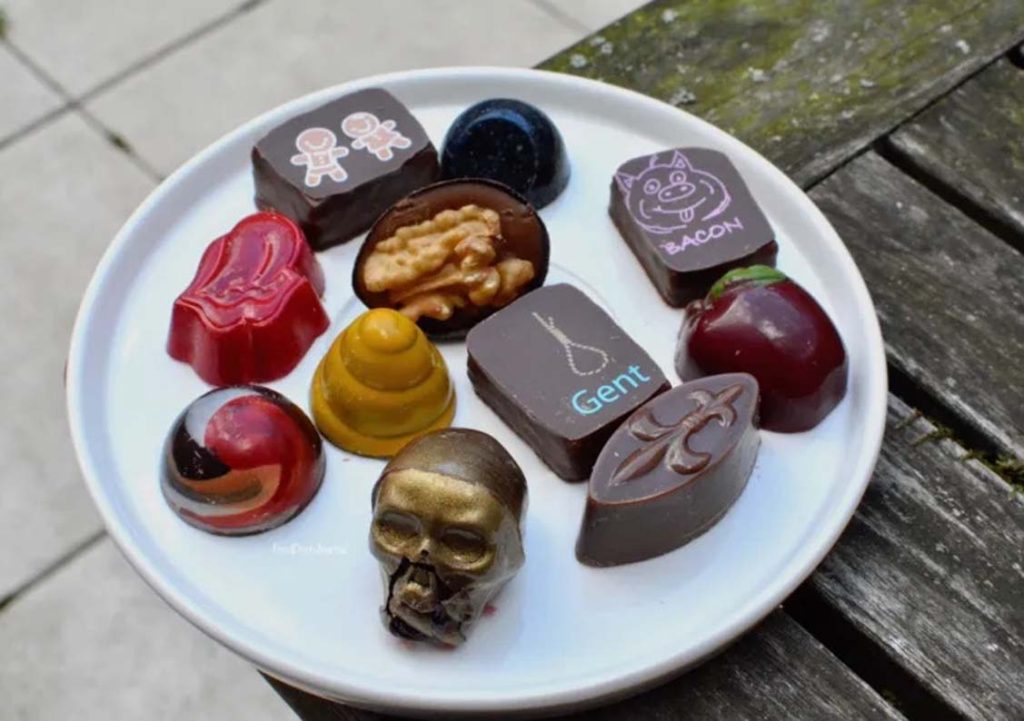
3. Flemish Stew at Cambrinus
For a heartier meal, try the Flemish stew at Cambrinus. This traditional beef stew is slow-cooked with Belgian dark beer, giving it a rich, savory flavor. Served with crispy fries and a side of mustard, it’s the perfect dish to warm up after a chilly day exploring the city. Cambrinus also boasts an impressive beer menu with over 400 varieties, so you can pair your meal with a local brew.
4. Frites at Maison Antoine
Belgium’s famous frites (fries) are a must-try, and Maison Antoine is a local favorite. The fries are crispy on the outside, fluffy on the inside, and served with a variety of sauces. Samurai sauce (a spicy mayo) is particularly popular. Grab a cone to enjoy as you wander through the city.
Street Food Safety Tips
- Always choose stalls that are busy, as this indicates fresh food turnover.
- Check if food is being prepared on-site rather than being reheated.
- Wash your hands or use hand sanitizer before eating, especially if you’ve been sightseeing all day.
Local Etiquette and Customs
When visiting Bruges, understanding local etiquette can enhance your experience and ensure you leave a good impression.
- Greetings: Belgians greet each other with a handshake or, among friends, with three kisses on the cheek. In more formal settings, use “Bonjour” in French or “Goedendag” in Dutch.
- Tipping: While service charges are usually included in the bill, it’s customary to round up or leave a small tip if the service was good.
- Punctuality: Belgians value punctuality, so be on time for any reservations or appointments.
During my visit, I made the mistake of showing up late for a guided tour of the Belfry Tower. The guide was polite but clearly valued the importance of starting on time. From then on, I was more mindful of my schedule.
Exploring Beyond the City
Bruges is surrounded by beautiful countryside, and there are several easy day trips you can take.
1. Damme
Just a 15-minute bus ride from Bruges, Damme is a quaint medieval town known for its peaceful canals, windmills, and bookshops. It’s perfect for a quiet afternoon stroll or a scenic bike ride through the Flemish countryside.
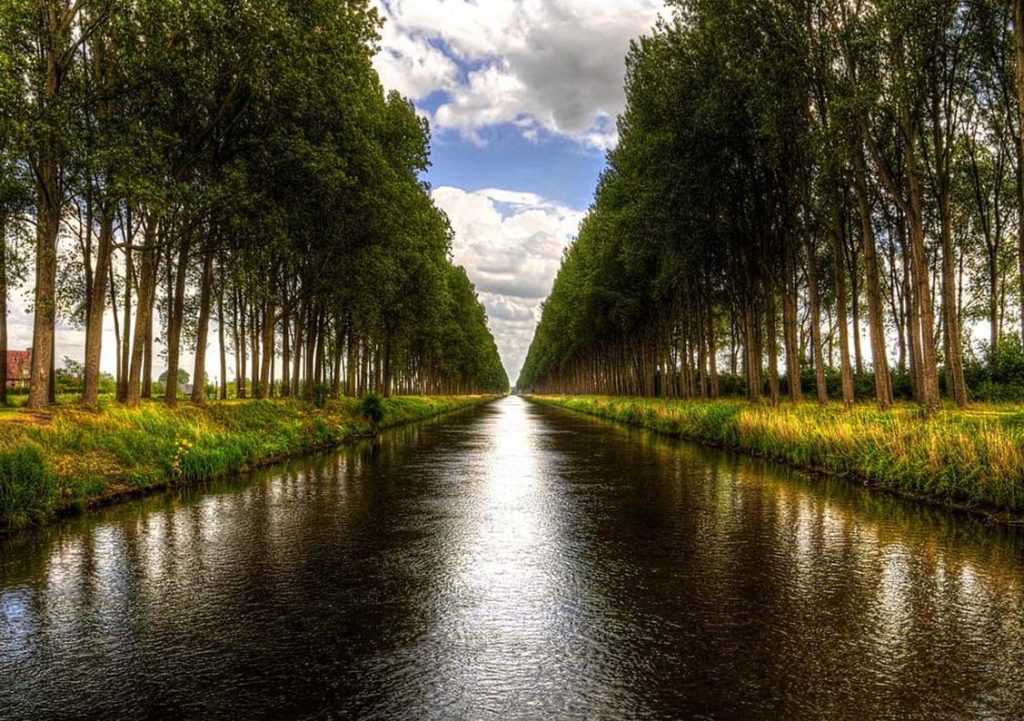
2. Ostend
For a change of scenery, head to Ostend, a coastal city just 20 minutes by train from Bruges. Ostend offers a sandy beach, seafood restaurants, and a lively boardwalk. It’s the perfect place to escape the crowds and enjoy a seaside lunch.
Planning Your Itinerary
If you’re visiting Bruges for the first time, two to three days is an ideal amount of time to experience the city. Here’s a sample itinerary:
Day 1: Arrive in Bruges, explore the Markt, visit the Belfry Tower, and take a canal boat tour. In the evening, enjoy dinner at Cambrinus.
Day 2: Visit the Groeningemuseum and Basilica of the Holy Blood. After lunch, explore the Chocolate Line and take a stroll through the winding streets. End the day with a visit to a local brewery like De Halve Maan.
Day 3: Take a morning trip to Damme or Ostend, returning to Bruges for a relaxed afternoon exploring the quieter areas of the city.
Bruges is a city that captures your imagination with its timeless beauty. Whether you’re marveling at its medieval architecture, indulging in rich Belgian cuisine, or gliding along its serene canals, Bruges offers an unforgettable experience. Be sure to take your time exploring the city, as some of its best moments come when you least expect them – like stumbling upon a hidden garden or discovering a cozy café tucked away in a quiet street.
